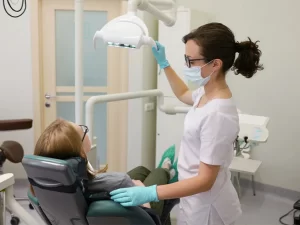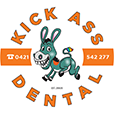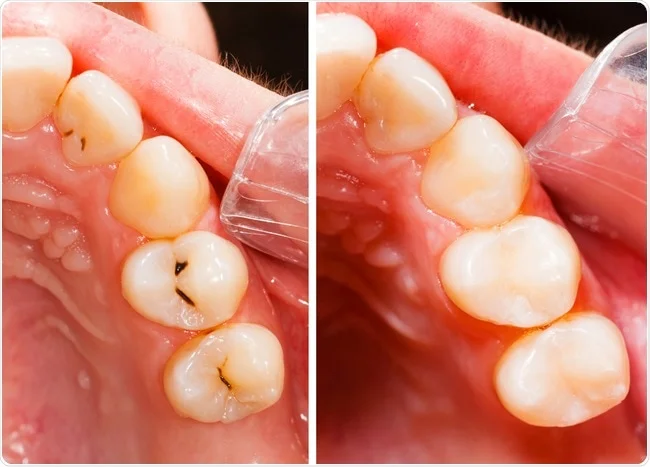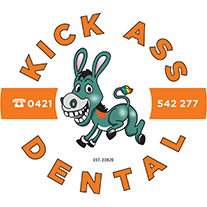Can You Eat After a Filling? Debunking the Myths
The Importance of Dental Fillings
When it comes to maintaining good oral health, dental fillings play a crucial role. They help to restore and protect teeth that have been damaged by decay or cavities. Fillings are commonly made from materials such as amalgam, composite resin, gold, or porcelain, and they are designed to mimic the natural appearance and functionality of your teeth.
After undergoing a dental filling procedure, it is common to have questions about what you can and cannot eat. There are several myths and misconceptions surrounding this topic, so let’s delve into the facts to determine whether you can eat after a filling and what precautions you should take.
Immediate Aftercare
Following a dental filling, it’s important to allow the filling material to fully harden and set. Your dentist will provide specific instructions regarding your aftercare, but generally, it is advised to avoid eating or drinking for at least one to two hours after the procedure. This waiting period ensures that the filling material bonds properly with the tooth structure, reducing the risk of displacement or damage.
What to Eat After the Waiting Period?
Once the initial waiting period has passed, you can resume eating. However, it’s essential to be mindful of the types of foods you consume. Here are some recommendations to follow:

1. Soft Foods
During the first few days after the filling, it’s best to stick to soft foods that won’t exert excessive pressure on the treated tooth. Opt for items such as mashed potatoes, yogurt, smoothies, soups, and cooked vegetables. These foods are gentle on your teeth and allow the filling to settle without any disruption.
2. Avoid Sticky and Hard Foods
While you may be tempted to indulge in your favorite crunchy snacks or chewy candies, it’s crucial to avoid sticky and hard foods immediately after a filling. These foods can potentially dislodge or damage the filling material, leading to discomfort and further dental issues. Stay away from foods like popcorn, nuts, hard candies, and sticky sweets to ensure the longevity of your dental filling.
3. Maintain Good Oral Hygiene
After a filling, maintaining excellent oral hygiene becomes even more important. Brush your teeth gently twice a day using a soft-bristled toothbrush. Be sure to floss daily to remove any food particles that may be trapped between your teeth. Additionally, consider using an antibacterial mouthwash to reduce the risk of infection. Regular dental check-ups and professional cleanings should also be a part of your oral care routine.
Long-Term Considerations
While the initial days after a filling require caution, it’s important to remember that dental fillings are sturdy and designed to withstand normal chewing forces. After the initial healing period, you can gradually introduce a wider variety of foods back into your diet, including harder and crunchier options. However, it’s always a good idea to exercise moderation and be mindful of maintaining good oral hygiene to protect your dental fillings.
When to Contact Your Dentist
If you experience any persistent pain, discomfort, sensitivity, or if your filling feels loose or damaged, it is essential to contact your dentist immediately. These symptoms could indicate an issue with the filling, and prompt attention will help prevent further complications.

The Bottom Line
So, can you eat after a filling? The answer is yes, but with some considerations. Following the recommended waiting period and choosing the right types of foods can help ensure the success and longevity of your dental filling. Remember to maintain good oral hygiene practices and contact your dentist if you experience any concerning symptoms. By taking proper care of your dental fillings, you can enjoy a healthy and functional smile for years to come. https://kickassdental.com.au/inner-west-dentist/
In summary, eating after a dental filling is possible, but it’s important to follow the guidelines provided by your dentist. By taking precautions and making wise food choices, you can promote healing and protect your dental fillings, allowing them to serve their purpose effectively.





